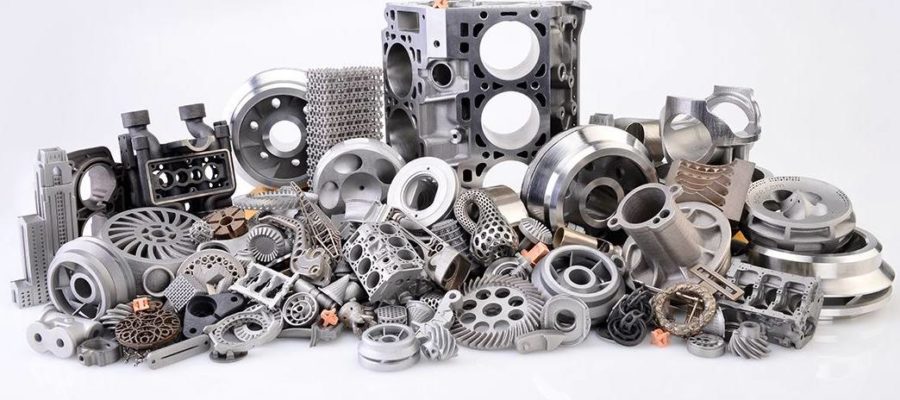Of all the advantages of 3D printing, from rapid prototyping to waste reduction, you’ll rarely hear tooling mentioned as one of them. Yet 3D printing tooling is as valuable a benefit as any for manufacturers who take advantage of additive manufacturing.
Manufacturing tools, jigs and fixtures require a high level of customization and precision. Using traditional methods can be a very lengthy, costly and challenging process. The slightest error can make the part obsolete and force you back to the drawing board. It all adds up to extend design and production cycles, and add to their costs.
3 Benefits of 3D Printing Tooling
3D printing gives manufacturers the ability to print in-house, production-grade jigs, fixtures, and tool masters. And that ability brings with it many valuable advantages.
Shorter Lead Times
Printing tools, jigs and fixtures using traditional methods can take weeks due to the extended processing steps involved. 3D printing can produce a tool, jig or fixture in as little as several hours. And that reduction in process times becomes exponential when iterations are needed, due to changes in design or specifications.
Lower Costs
Of course, any reduction in lead times, and faster iterations, means lower costs. But 3D printing creates a ‘domino effect’ of cost savings throughout the manufacture of tools, jigs and fixtures. Faster turnaround times mean manufacturers can modify and update their designs quicker and more frequently. That means they can get stay further ahead of the curve in product development. During it all, they use less raw materials, completely skip traditional steps, like machining, and have fewer labour costs.
Reduced Risks
Human error is a major contributor to the number of iterations required in the development of tools, jigs or fixtures. The improvement in functionality and quality that results from additive manufacturing allows for a level of design complexity that would be difficult to achieve using traditional methods. That means improved final designs with greater performance characteristics. In turn, that reduces the number of issues with finished tools and increases the level of tool quality. And that results in fewer tool deformities, lower rejection rates and lower per-unit costs.
If you enjoyed this post, check out our recent article “A Quick Guide to 3D Printing Finishing Processes“.
